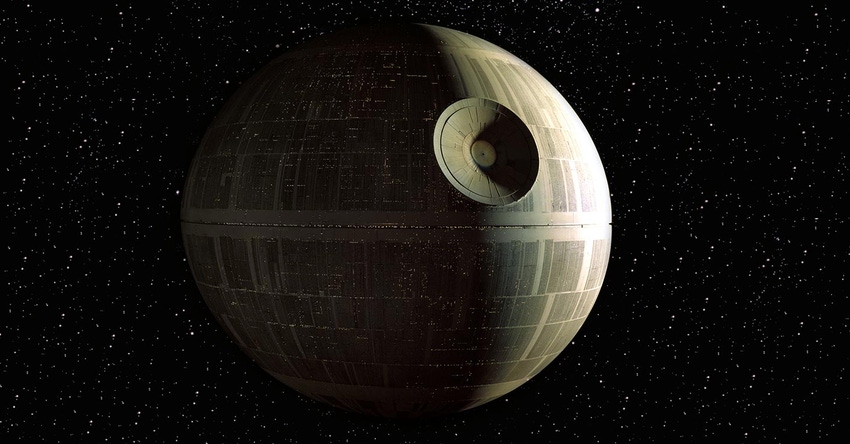Deutsche Telekom has been watching Star Wars again. The German telco has completed work on a drone defence system which can identify and neutralise aerial invaders.
December 1, 2016

Deutsche Telekom has been watching Star Wars again. The German telco has completed work on a drone defence system which can identify and neutralise aerial invaders.
The Magenta Drone Defense System project from Deutsche is designed to keep prying eyes out of sensitive areas and to stop amateur wannabe spies dicking about near airports. While drones are legitimately used across a number of industries – like film, surveying, logistics etc – their accessibility, cost and ease of use can easily be abused. Pretty much any new technology can be misappropriated, and a misappropriated technology that can fly and film is definitely a terrible thing.
So, with that in mind, Magenta can detect drones and distinguish them from birds or other flying objects. It’s got a company on board that definitely sounds like it hates drones. Dedrone supplies the tracking technology, predictably called DroneTracker, which uses a variety of different sensors such as frequency scanning, video cameras and microphones, all of which can be integrated neatly into an organisation’s existing security systems. The aim is to give customers the tools required to determine if they are the drones they’re looking for.

These Aren’T The Drones You’Re Looking For…
It’s all good and well knowing drones are on their way, but what can you do about it? Well, Deutsche’s got that covered too, because Magenta is designed to collect evidence (cool), adapt organisational measures to try and prevent intrusion (not bad), but the coolest bit is that it also has the ability to spam out electronic countermeasures, like jamming.
OK so Deutsche Telekom does its due diligence by telling everyone to jam responsibly and to only electronically jam with the bill payer’s permission, but that’s a decent little feature.
“Over the last few months, we at Deutsche Telekom have extensively and rigorously tested drone detection and defense systems from major vendors all over the world for our Magenta drone defense shield and bundled together the best technologies,” said Deutsche Telekom’s Dirk Backofen, who has the odd job title of Future Head of Telekom Security.
The only thing missing is a Death Star-style defence system that automatically targets and laserises incoming drones into little pieces of drone dust.
Oh, speaking of the Death Star, here’s an extremely irrelevant yet cool stat. Some clever bods over at Ovo Energy have done some investigating into how much it would cost to run the Death Star in real life. It’s mental.
They took into account the size of the ship, it’s basic energy requirements in consideration of its population, like feeding the crew, keeping the lights on, doing the laundry and recycling etc the energy required to jump to hyperspace, and finally, the number of joules it would require to charge and fire that big ole laser – you know, the one that destroyed Alderaan in Episode IV.
Well, the cost of running the Death Star comes to a whopping £6.2 octillion. Per day. That’s 30 trillion times all the money on Earth – £200 trillion.
Just to put that into context, that’s £6,254,254,800,000,000,000,000,000,000.
Here’s the infographic, courtesy of Ovo Energy.

About the Author(s)
You May Also Like








.png?width=300&auto=webp&quality=80&disable=upscale)


_1.jpg?width=300&auto=webp&quality=80&disable=upscale)


.png?width=800&auto=webp&quality=80&disable=upscale)